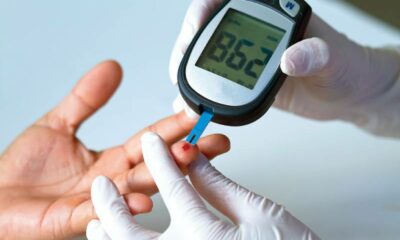It’s the season to be cheery, but not everyone finds joy and cheer during the holidays. During the holiday season, the three most prevalent mental health issues are anxiety, depression, and P-T-S-D.
With seasonal affective disorder, or S.A.D., some people suffer from a severe mood shift that occurs around the end of summer and the start of fall. Nick Molnar, a clinician at Thriveworks in Waco, advises paying attention to a loved one’s behavior if you notice them growing distant during this holiday season.
“A lack of interest in things that someone is normally pretty engaged in, feeling lethargic, just like low energy,” he says.
They may be suffering from S.A.D. if you observe them having difficulty with basic daily tasks like eating, washing clothes, taking a shower, or even brushing their teeth. S.A.D. typically begins in the fall and can last until the spring.
“This is opposed to major depressive disorder, which might be just either scattered throughout the year or always throughout the year,” says Molnar.
He claims that, in contrast to major depressive disorder, symptoms of SAD usually appear between October and December. Depression is frequently made worse by hearing comments like “Just man up!” and feeling misunderstood by loved ones. Get yourself back up on your own two feet! Work it out! Everyone has experienced sadness before; push through it!
Molnar advises creating a secure space where they can express their emotions instead. Make no assumptions. Strike up a discussion. Make inquiries.
“Start with something like ‘hey, I’ve noticed, or, it seems like,’ and then just kind of leave it open ended like that,” he says.
If there isn’t full comprehension, substitute sympathy.
“Really with kindness and love. That’s how you approach it,” says Molnar.

 Diabetology2 weeks ago
Diabetology2 weeks ago
 Diabetology2 weeks ago
Diabetology2 weeks ago
 Diabetology1 week ago
Diabetology1 week ago
 Diabetology7 days ago
Diabetology7 days ago
 Diabetology4 days ago
Diabetology4 days ago
 Diabetology4 days ago
Diabetology4 days ago



